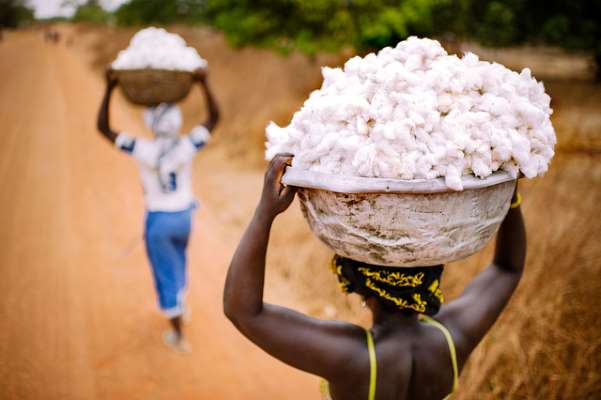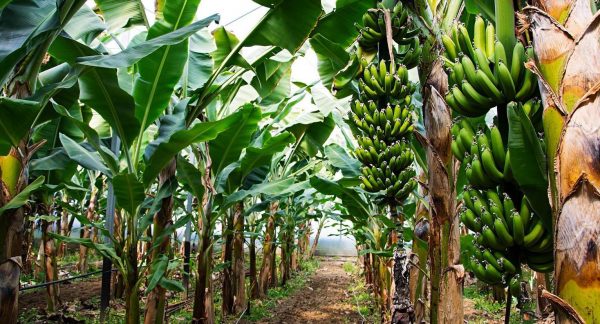Cotton remains an important export crop for Sub-Saharan Africa, and currently accounts for 16% of global exports.
According to Organisation for Economic Co-operation and Development (OECD) and the Food and Agriculture Organisation’s (FAO), the overall cotton production in the region has increased in the past years, because of both increased area and improved yields.
This is contained in FAO’s market developments and mid-term projections for world cotton markets for the period 2022 to 2031.
“In the current season, higher prices have led to a significant increase in area, which fully recovered from the drop in 2020. However, spinning mill consumption remains limited throughout Sub-Saharan Africa, as many countries export most of their produce,” the projection noted.
“Sub-Saharan African exports are projected to continue growing at around 1.7% p.a. (per annum) in the coming decade, with the region’s market share increasing by more than 1% point to nearly 18% compared to the base period, with South and Southeast Asia the major export destinations.
“However, the textile and apparel industry is growing in some other countries, especially Ethiopia, where efforts are being made to enhance the processing capacities across the region. The expansion has been driven by favourable economic conditions, resulting in significant FDI in the sector. In the long run, this could imply an increase in mill use and affect the net export status of Sub-Saharan Africa.
International cotton prices are expected to remain elevated in 2022 supported by rising consumption and overall higher commodity prices but then to decrease in real terms throughout the outlook period. Global cotton demand remains under pressure from synthetic fibres, notably polyester.
FAO added economic growth and urbanisation will continue to be the main factors affecting the per capita demand for cotton textiles in developing and emerging economies. Since the consumption of textiles and apparel is more income responsive than the consumption of food commodities, deviations from the economic conditions assumed for the developing world could lead to important changes in global cotton consumption, production, and trade projections.
“In the short term, projections will likely be affected by rising energy prices coupled with the impact of Russia‘s war against Ukraine, which may slow the global economic growth. In addition, the emergence of new Covid-19 variants and subsequent movement restrictions may further hamper overall economic recovery.”
It added: “Moreover, rising energy prices and supply chain disruptions have resulted in higher inflation. The extent to which interest rates will be raised to contain inflation could also alter the cost of borrowing and hence investment plans in the sector. Other demand trends could affect the projections. For example, recycling by the textile industry is creating a competitive secondary market that provides raw material to producers of lower-quality textiles and non-textile products.
“This trend could further reduce the demand for cotton and other fibres. On the other hand, greater adoption of sustainability standards in supply chains could provide additional stimulus to the demand for cotton. Like other crops, cotton production is sensitive to pests and weather conditions. These projections are therefore sensitive to climate change, which could lead to increasing frequency of droughts and other adverse weather conditions.”








